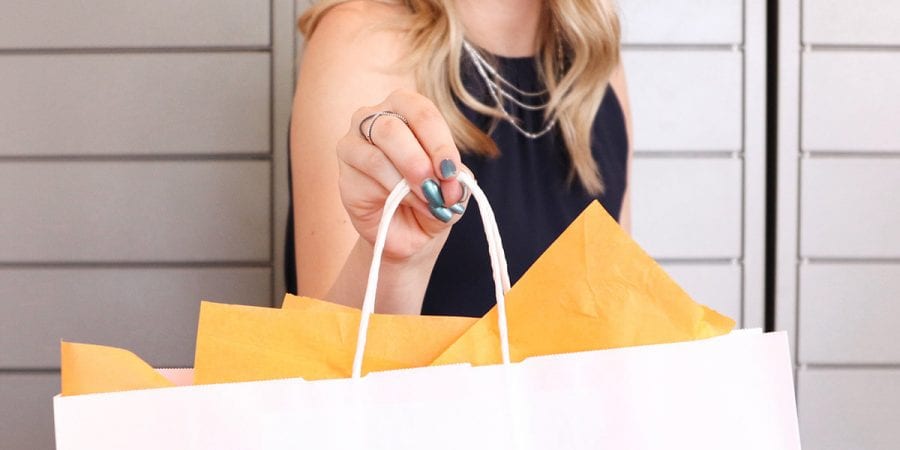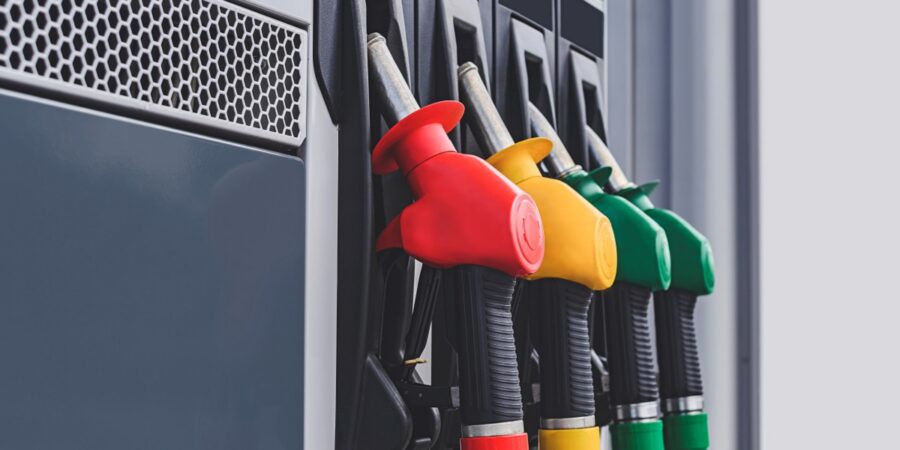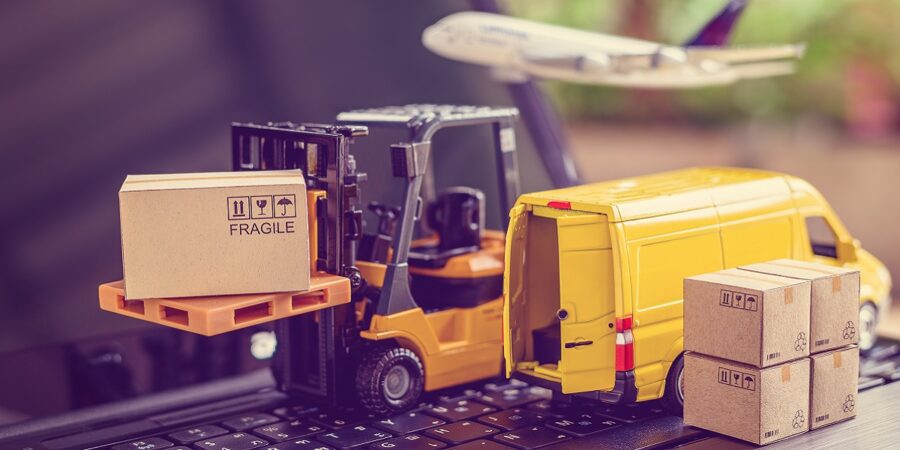
Retail
Yes, the Customer Experience Still Matters: Here’s Why
4 Min Read
Written by: Kate Reidel
The COVID-19 pandemic has transformed many areas of our lives, including the way we shop.
While we now have to wear masks and practice social distancing, there’s one thing that hasn’t changed: the need for retailers to consistently deliver a great customer experience.
Providing a positive customer experience is so important when it comes to short-term and long-term success in retail. There’s been a growing demand for contactless interactions – 87% of consumers prefer stores with contact-free check-out options – and a growing demand for omnichannel shopping experiences – 88% of consumers prefer to shop with retailers that have both brick-and-mortar locations and an online presence1,2.
That’s why we’re seeing so much innovation in the industry right now. Retailers know they need to offer a safe, contactless, and streamlined way for their customers to shop both in-store and online while also engaging them and staying true to their brand. This is important when you consider the “halo effect” caused by having both a strong in-store and online presence. Additionally, customer loyalty is primarily based on a positive omnichannel experience.
As a result, many retailers are offering either curbside pick-up or automated lockers. Over the last year, we’ve seen a major boost in the use of curbside and order pickup lockers, and the majority of consumers – 78% – intend to continue using both of these shopping methods post COVID-19.
Let’s take a closer look at curbside and smart lockers to see how they impact the customer experience:
Curbside
- Convenient and safe way for consumers to pick-up their online orders and goods. Does not allow consumers to return online orders or goods.
- The average time between customer arrival at curbside and order pickup is 8-12 minutes.
- Curbside pickup at retail stores surged 208% in April 2020 due to the start of the coronavirus pandemic3. Since then, curbside pickup has been gaining in popularity. In fact, it was up by 52% in 20204.
- Many major retailers like Best Buy and Target are seeing their ecommerce sales more than double, due in large part to the popularity of their curbside pickup offerings
Automated Lockers
- Convenient and safe way for consumers to pick-up and return their online orders and goods.
- Consumers demand and expect to have multiple options to pick-up and return their online orders and goods and automated lockers allow for both.
- Average time between customer arrival at store and pick-up in locker is well under two-minutes.
- Research shows that customers who wait under two-minutes for an order are four times more likely to repeat a purchase from the same retailer.
- Research shows that retailers using smart lockers improve their customer experience by as much as 70%.
- 83% of retailers using automated pick-up locker solutions cite improved staff efficiencies and shorter wait times for customers compared to curbside.
- Lockers are more cost-effective because they do not require having employees transporting products between the store and curbside.
- There are incremental sales opportunities with lockers. Research shows that customers are more likely to impulsively purchase additional items once in-store since.
- There are more marketing opportunities with lockers. Retailers can drive additional in-store purchases by rewarding customers with coupons and other incentives in the lockers.
- Lockers improve retail staff efficiencies by streamlining inventory audits and decreasing distractions.
While we can see that both curbside and automated lockers have their merits, it’s the retailers leveraging smart lockers that are ahead of the competition. This is because automated lockers can be utilized for customer returns, and they consistently outrank curbside when it comes to customer satisfaction. What’s also beneficial is the fact that smart lockers are easily scalable and customizable.
Most importantly, there is no added labor cost with lockers. For curbside, retailers don’t know when a customer will be arriving to retrieve their order so staff usually needs to drop everything and help curbside customers. This can impact operational costs and the customer experience. Lockers, on the other hand, allow customers to control their experience. They can get in and out fast and without having to interact with anyone.
Offering a phenomenal customer experience can positively impact a retailer’s bottom line. In fact, retailers like Lowe’s and Marine Home Center are saying that their customers actually prefer lockers over curbside, and that their customer satisfaction ratings have increased significantly since installing lockers. Additionally, retailers like Home Depot attribute $14M in sales directly to their increase in customer service thanks to smart lockers and an estimated $57.6M in total internal labor savings5. Finally, Kohl’s stores in Chicago increased sales revenue to more than 10% during a smart locker pilot program versus 5% for the rest of the U.S. Kohl’s stores that were not using smart lockers6.
The bottom line is that delivering a seamless omnichannel pickup and return experience from start to finish is key to customer retention and satisfaction – starting from the moment a customer chooses a pickup option to the final step of safely picking up their order.
The retail industry will continue to innovate itself in light of COVID-19, and I am excited to see what new trends will arise to help elevate the customer experience. The best is yet to come.
Sources:
- Shekel. (2020, April 7). 87% of Shoppers Prefer to Shop in Stores With Touchless or Robust Self-Checkout Options During COVID-19 Pandemic [Press release]. Retrieved from: https://www.businesswire.com/portal/site/home/news/
- International Council of Shopping Centers. (2018). The Halo Effect [Report]. Retrieved from: https://www.icsc.com/thehaloeffectii
- Thomas, Lauren. CNBC. Curbside pickup at retail stores surges 208% during coronavirus pandemic. (2020, April 27). https://www.cnbc.com/2020/04/27/coronavirus-curbside-pickup-at-retail-stores-surges-208percent.html.
- Adobe. (2020). ADI 2020’s Holiday Shopping Season Report [Report]. Retrieved from: https://business.adobe.com/resources/reports/adi-holiday-report.html
- Luxer One. ROI of Order Pickup Smart Lockers at Big Box Retailer. (2020, October 21). https://blog.luxerone.com/roi-of-order-pickup-smart-lockers-at-big-box-retailer.
- Earnest Research. Amazon Partnership Delivers for Kohl’s. (2019, April 3). https://medium.com/earnest-research/amazon-partnership-delivers-for-kohls-4d59207ee9a1.





